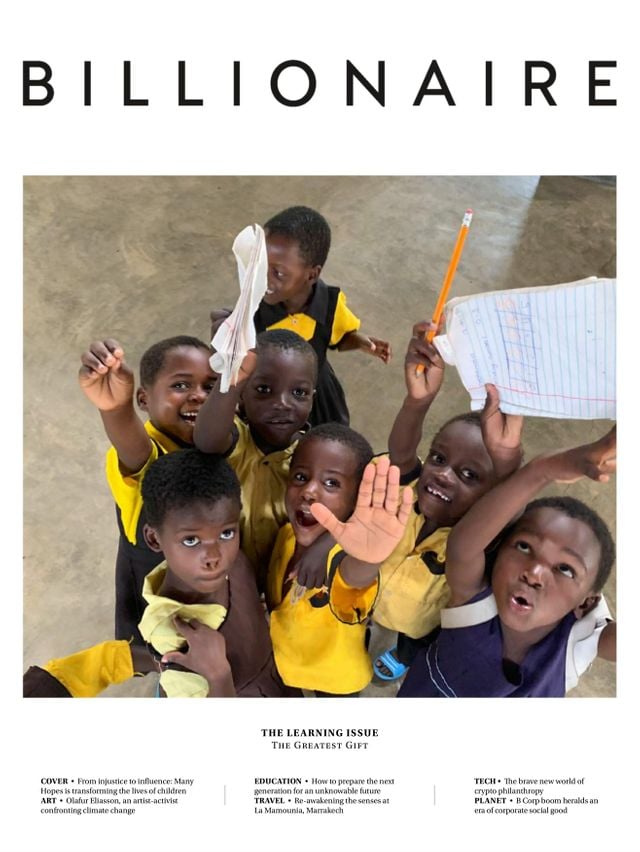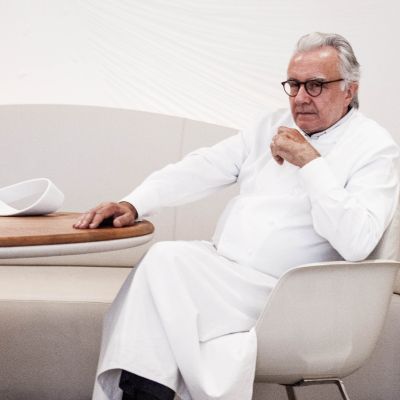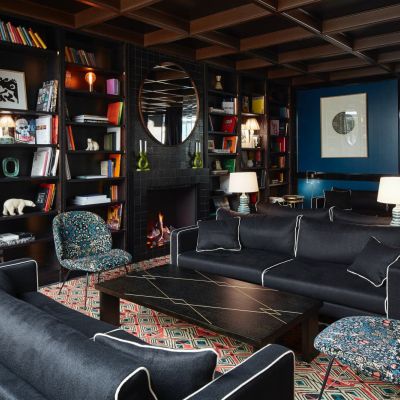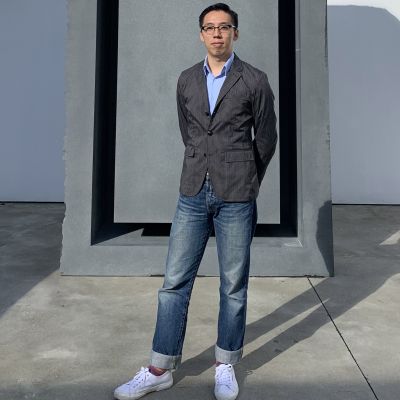Correcting Racial Inequality in The Art World
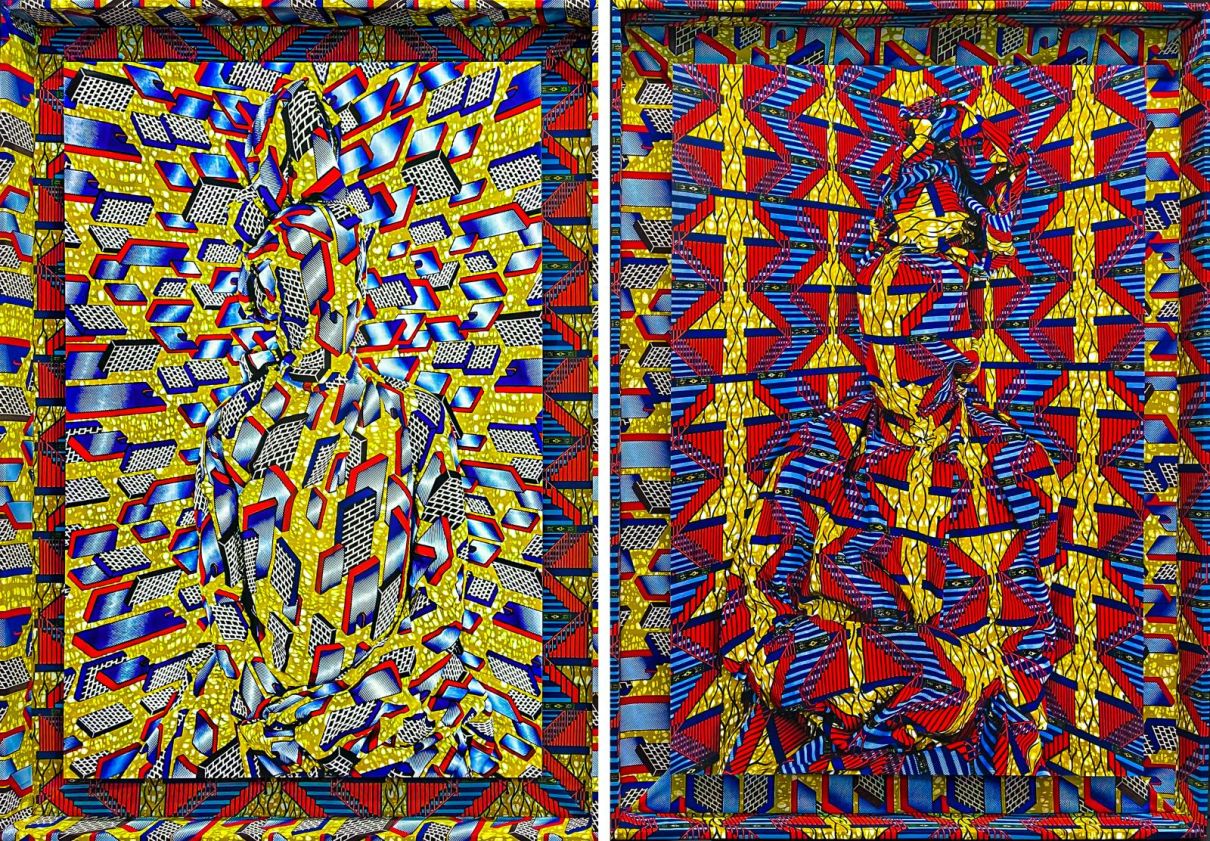
The CEO of Artsy shares his thoughts on correcting historic prejudice in the art market.

Businessman Mike Steib has a passion for art, both on and offline. The CEO of Artsy, a digital marketplace for buying and selling art with over a million artworks currently listed, Steib is also a passionate collector in his own right.
At Artsy he has made it a mission to correct historic injustices in the art world by promoting the work of black, indigenous, and people of colour (BIPOC) female artists. "While much is being done to correct some historic injustices in the art world, the work of women artists and artists of colour are still significantly undervalued,” he says. “This is something we are trying to correct at Artsy by adapting our algorithms to address historical imbalances in the art market.”
Here he shares his thoughts on fighting racial inequality in the art world.

What sort of art do you personally collect?
My wife and I collect to support emerging and underrepresented artists. We have recently added wonderful pieces by Stanley Whitney, Nicole Wittenberg, Alec Egan, Miranda Fengyuan Zhang, Eddie Martinez, Kikuo Saito, and Tariku Shiferaw to our collection. We also use Artsy to support causes that are important to us, and enjoy bidding in benefit auctions that support important causes like The Food Bank, Planned Parenthood, the Museum of the African Diaspora, and others.
I don’t personally own NFT art—there are still too many paintings that I want to buy.
What female artists out there do you consider to be undervalued?
In December we announced our 2021 Artsy Vanguard, the annual list spotlighting the 20 most promising emerging artists practicing today, where more than three quarters (17 of 20) are BIPOC artists, and nearly three quarters (14 of 20) are women. Whilst difficult to single out just a few names, certainly artists like Alia Ali, Alteronce Gumby, Louise Giovanelli and Kennedy Yanko, have been making a splash and are seeing increased interest on Artsy.
Alia Ali for example has seen demand on Artsy surge nearly 160% in the first three quarters of 2021, for her photographs examining cultural barriers, while demand for Alteronce Gumby’s abstract paintings and mixed-media works has jumped nearly 250% in the first three quarters of 2021 compared to the same period in 2020.
Jadé Fadojutimi, featured in the 2020 edition of Artsy Vangard, has established a set of seven-figure auction records in 2021 and opened her first solo museum show at the ICA Miami during Art Basel in Miami Beach.

What are the BIPOC painters you have seen grow in demand?
Meanwhile, the five most in-demand emerging painters in the first half of 2021 were all people of color, including Salman Toor, Amoako Boafo, Aboudia, Genesis Tramaine, and Ayako Rokkaku.
Looking at the broader auction market in 2021, our Artsy Price Database revealed some insightful findings, which reflect what we have seen at Artsy. Among the 19 living artists that set new auction records over $1 million for the first time in 2021, the majority were in fact women and BIPOC artists. Some names include Avery Singer, Stanley Whitney, Toyin Ojih Odutola and Izumi Kato.
While there is still so much to be done, I think we are seeing a long overdue shift and, in places, important corrections being made to some of the historic injustices in the art world. It is ultimately about celebrating the great art of our time and the range of voices this represents.
Has Covid affected the way people buy or think about art?
The pandemic meant people were forced to spend more time at home. With extra disposable income, art lovers were inspired to buy more great art to fill blank walls in their homes, improving their home-offices as a way to bring more joy to their day-to-day lives.

Are people now more comfortable buying seven-figure art online?
Last year we set a new record for Julie Mehretu with the sale of her Dissident Score for US$6.5 million. According to Hiscox, 2020 saw 75% more millennial collectors, and 100% more new collectors who purchased art online. We have witnessed that buyers are completely comfortable transacting in the seven- and six-figure range, sight-unseen and with the click of a button. In contrast to the somewhat opaque traditional art world, Artsy makes it possible to know everything about the artist and the work of art, to see prices and price history for the artist’s market, and to buy, ship, and insure the work in one click from nearly any country in the world.
Other factors that have affected the art world heavily and increased online sales are the amount of canceled in-person events, such as major art fairs that usually take place during key moments in the year and result in a large number of art sales. For example in 2020 Artsy pivoted approximately 70 canceled or postponed IRL art fairs to online-only editions. While the online art market has surged, this market complements the in-person art world, which needs to continue thriving as it is an enriching experience; something that fairs, auctions, galleries and museums deliver, and one that cannot fully be replaced with online.

